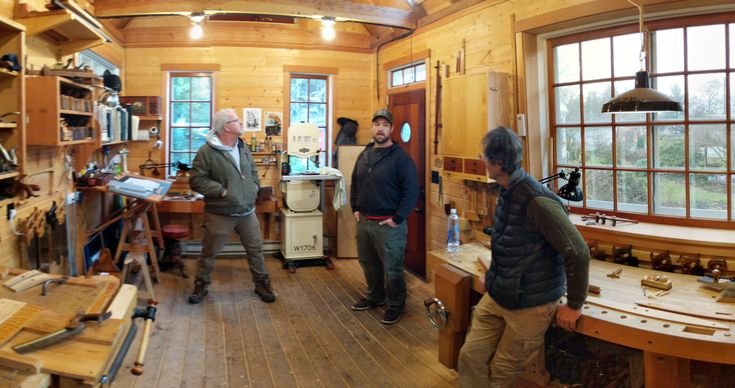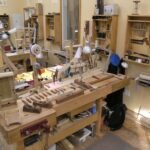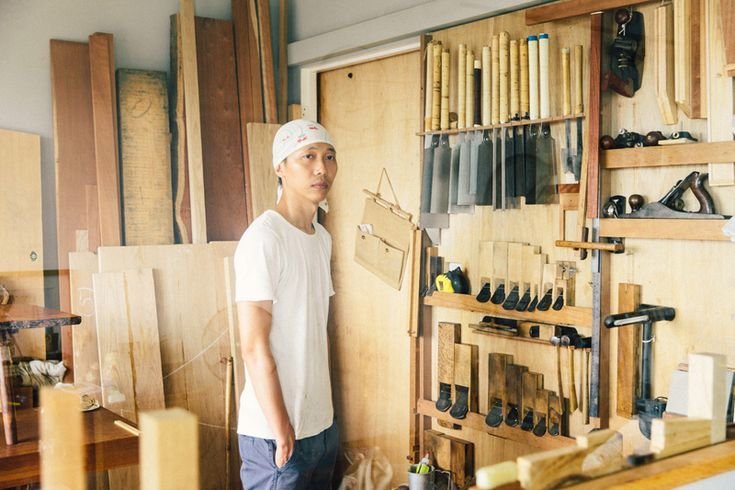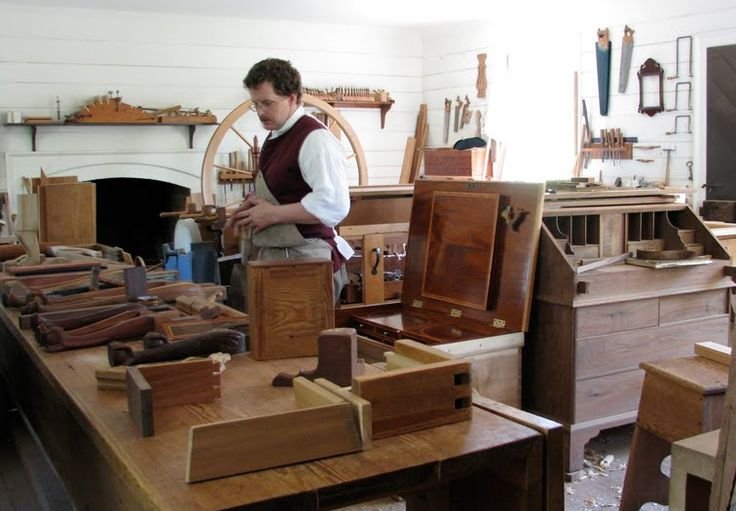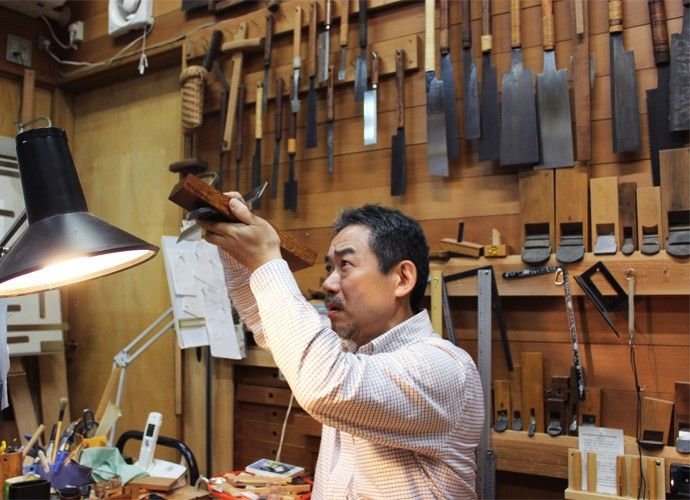A Journey in My Chinese Woodworking Toolbox
So, picture this: it’s a rainy Saturday morning in my little town, and I’m sitting in my garage with the smell of fresh sawdust hanging in the air, mingling with the aroma of steaming coffee in my favorite old mug—the chipped one with a duck playing chess on it. I know, it’s a little odd, but that mug has been my companion through many late-night projects. Anyway, what I wanted to ramble about today is something that seems a bit niche but has really become a part of my crafting journey: my Chinese woodworking toolbox.
I guess it all started a couple of years ago when I decided that my life needed a bit of purpose beyond binge-watching TV and contemplating the mysteries of life, like why my dog thinks every mailman is the devil. I figured, hey, why not try woodworking? I dove headfirst into it. I bought up some pine and birch, some basic hand tools, and then I stumbled upon this beautiful old Chinese toolbox at a flea market.
Man, that was a day.
The Toolbox That Changed Everything
This toolbox was a little rough around the edges—an old wooden chest painted with faded colors that looked like it had seen a century of trades. But it spoke to me, you know? When I opened it, the soft creak of the lid felt like a permission slip to create. Inside, I found a set of tools that were not just functional; they were beautifully made—like art. There was this exquisite chisel with a long handle, and the blade! I could practically see my reflections in it, it was polished to a shine. I learned later that these tools are all hand-forged, and there’s just something about that craftsmanship that sets them apart from the mass-produced stuff at the big box stores.
But let me tell you, I had no idea what I was getting into.
One of Those Days
I remember the first project I tackled with that toolbox—a small decorative box meant to hold my dog’s treats. Sounds simple, right? I imagined myself as a woodworking wizard, conjuring up beautiful pieces of art. But THEN, I thought, “Why not make it fancy?” I decided to use this gorgeous mahogany I found at a local lumber yard. Oh man, that stuff smelled divine when I started cutting it. Sweet, rich, almost like caramel. Of course, I had no idea how hard mahogany was compared to the pine I was used to.
So there I was, halfway through cutting pieces when I realized one of the joints was off—like a bad haircut. At that moment, I almost just threw my tools across the garage, I was so frustrated. I literally stared at that box on my bench and thought, “What in the world am I doing?” I could’ve walked away and just accepted defeat.
Then I thought about that old toolbox. I remembered how it contained those hand-forged tools that were crafted with care, and here I was, rushing a project. I took a deep breath, grabbed that chisel I was so enamored with, and started over.
The Hurdles and the Triumphs
Now, let me backtrack for a second. A little secret about those ancient Chinese chisels: they take a bit of getting used to. They’re super sharp, and if you don’t watch where you’re aiming… well, let’s just say my thumb has seen better days. Anyway, I meticulously re-shaped the joints, listening to the rhythm of the chisel hitting the wood—tap, tap, tap. It was like a heartbeat in the stillness of the garage. Slowly, it all started coming together.
And when I sanded down the edges—oh boy, the smoothness! I wiped off the fine dust and stepped back to look at it. I never thought I could make something that looked, well, not terrible. I laughed out loud when it actually worked, like I’d just solved a mystery or something.
When it came time to finish it, I opted for a simple linseed oil, and as it soaked into the mahogany, the colors deepened. That box, which had almost become kindling in my wrath, transformed into something worth keeping. I ended up gifting it to my sister, and she still uses it for treats.
The Bigger Picture
You know, this whole woodworking venture—really, it’s not just about the pieces I create. It’s about learning patience and enjoying the slow process. Each time I open that Chinese toolbox, I feel a connection to history and craftsmanship that’s hard to explain. The tools hold stories, just like I hold onto moments from my projects, both the failures and the victories.
Sometimes, I catch myself thinking about all the mistakes I’ve made along the way. Whether it’s using the wrong wood type, cutting the wrong dimension, or nearly impaling myself with a chisel, it’s all part of the dance. And while I’m still learning, I can say I’ve built my fair share of little treasures. Just last week, I started on a new bench. Who knows how that’ll turn out!
A Little Encouragement
So, if you’re sitting there dreaming about diving into some sort of project—woodworking, knitting, or whatever makes you feel alive—take the leap. Don’t worry about getting it perfect. I mean, if I’d thrown that box away, I would’ve never had the joy of seeing my sister smile when she opened it. Mistakes are just stepping stones, and there’s a real beauty in the journey. If only someone had told me that earlier, maybe I would have stopped sulking so much.
But hey, here I am, coffee in hand, ready for the next adventure. And you know what? I wouldn’t trade it for anything.

